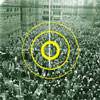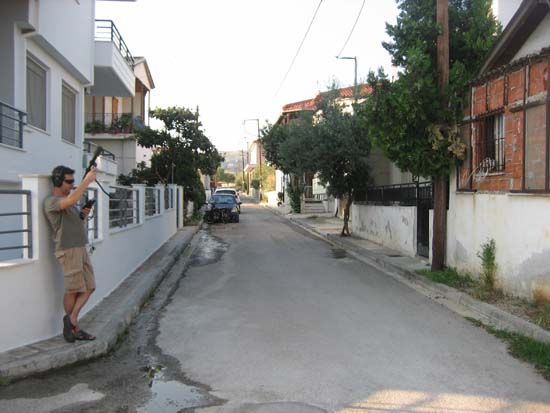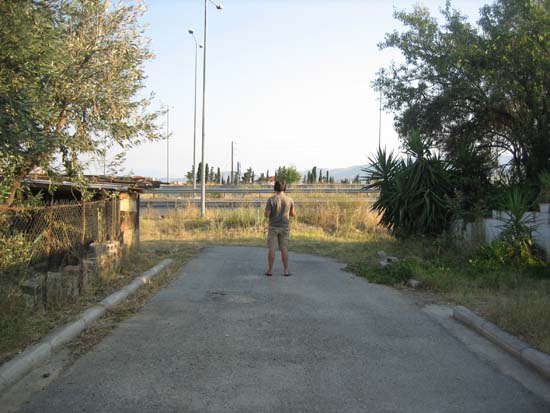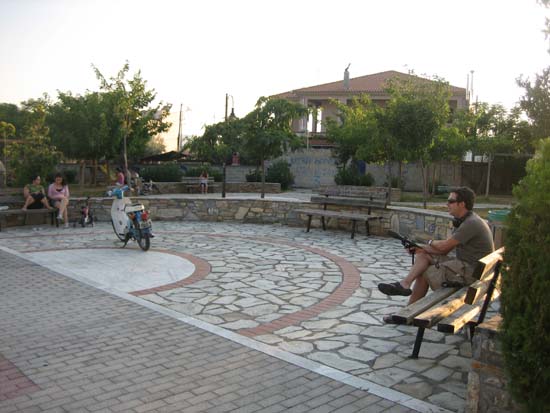2010 - 2011
Principle Investigator:
Nicolas Remy
Funding Body:
Research Committee, University of Thesaly
Principle Investigator:
Nicolas Remy
Funding Body:
Research Committee, University of Thesaly
Most times, during the initial phases of architectural design, it isn’t possible for the architects to deal with the issue of acoustic comfort for a simple reason: the project must be almost finished (specified) for the computations or predictions (volume, types of materials, thickness of construction elements, etc.) to be applied. Therefore, in the majority of cases, the acoustics specialists have to make acoustic corrections to projects that had been conceived or decided without taking acoustics into account. In reality, in the initial design phases, the architects make (consciously or not) important choices that greatly define the future acoustic qualities of the project (volume, materials, etc). Previous studies have shown that there is lack of documentation reports, which can help the architect from the early stages of the project [1&2].A possible solution is the development of a report index that will bring together existing exemplary acoustic conditions that provide excellent acoustic comfort or acoustic qualities. In other words, it is our aim to develop an “architectural acoustic typology”. The methodology of this research has already been tested in previous research and can be immediately applied in different, new conditions [2].
Each excellent acoustic condition is described by acoustic measurements, spatial analysis and a description of how the user perceives it. For this research we will select the real, excellent acoustic conditions which we met with in Greece and specifically in Volos. We will use systems for acoustic measurements and a system for sound recording owned by the Laboratory of Environmental Communication and Audiovisual Documentation (LECAD) of the University of Thessaly. Moreover, application studies and acoustic conditions will be studied by the students attending the courses “Acoustic Design” and “Sound Atmospheres and Closed spaces” during the winter and spring semesters in the Department of Architecture of the University of Thessaly. These conditions will be analyzed and presented in such a way that they can also be applied to new projects.
Final product: This catalog has been perceived as a design guide and can become a tool of awareness and analysis for designers. We plan to publish a book containing an audio CD and also to create an Internet site where we can make known to the wider public the basic conclusions drawn in this research.



